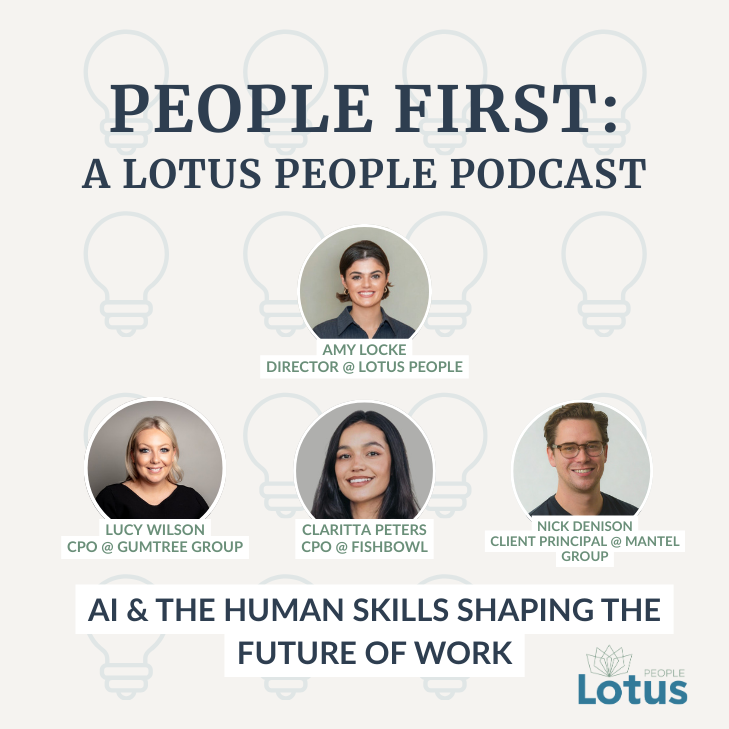For Christmas last year, I was gifted a book called “David and Goliath” written by Malcom Gladwell. I hadn’t heard of him before, but it was a well-received gift, because I couldn’t put the book down. Almost a year later, I have read five or six of his other books including Blink, The Tipping Point, Outliers, What the Dog Saw and am an avid fan of his podcasts and New Yorker articles. A captivating storyteller, he uses academic research, real world examples and economic and psychological case studies to weave stories together in a seamless and compelling way. When I recently saw that The Growth Faculty were hosting a day seminar with he and the Author of Bestselling book, Freakonomics, Steven Levitt, I instantly bought tickets.
Discussing the topic; The Future: Disrupted and Reimagined, the two great minds, Malcom Gladwell and Steven Levitt, took to the stage to share their ideas of where our world is heading and how we can adapt to the changing world around us.
After discussing many interesting concepts, Malcom started to touch on hiring and how best to approach hiring quality staff in this day and age. He suggested that what we are really trying to determine in hiring staff is a candidates’ level of “with-itness”. This isn’t something, he claims, that can be assessed through traditional hiring practices such as interviewing or psychometric testing. He suggests that these traditional methods can only assess how someone is in a small window of time and he gave examples of research that show these can’t really be used as predictions of success in a role as they aren’t usually correlated with real world performance. He goes as far as to say that businesses are clinging to these tools long past their point of usefulness.
This really resonated with me as the owner of a business support recruitment agency, Lotus People. All day, we are dealing with administrators, executive assistants, HR and marketing candidates and we see many people who on paper could do the job well, but what I train my team to look for is something else, something more soft skill based. We are seeking candidates who are going to fit into our clients’ businesses. We spend a lot of time viewing offices, having conversations with HR managers, executives and hiring managers attempting to ascertain who will fit in well here.
Speaking on this topic, he says “fit is a more useful design for valuating competence than skill”. As someone who prides the success of their business on understanding which person fits where and on having an inherent understanding of where they would thrive and succeed, this really resonated with me.
With regards to assessments, Malcom suggests that you will just never really know how someone performs in a role until they are in the job. He suggests that, as a culture, we should remove the stigma of “firing” or “being fired” and not see it as social rejection. If we could use the first 6 months of any engagement to determine if indeed it is a fit or not, we would be better off. Personally, more and more, I am seeing businesses shift to taking on this way of thinking as businesses engage temporary to permanent workers. In my business, most of my team have started in a temporary capacity before (usually very quickly!) being offered permanent employment. This model has worked very well for Lotus and I see more clients use this approach.
Touching on ideas he set out in his book on intuition; Blink, he suggested that in approaching our hiring processes, we need to restore our respect for human judgement, and I couldn’t agree more.
You may also like...





